basic writing skills explained in easy stages
This is an introductory guide to writing, aimed at people who think they can’t write, or for whom writing is an ordeal. Broken down into short topic-based chapters on everything from beginning to revising, it demystifies the writing process by taking the reader through each stage necessary to bring a piece of writing to a decent finish. Follow the advice, and you will learn how to write. Alastair Fowler kicks off by considering the advantages and disadvantages of composing and editing directly on a computer screen.
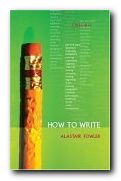 Then comes a series of short chapters, each one dealing with a different aspect of the writing process: outlines, drafts, paragraphs, sentences, arguments, punctuation, researching, and grammar. His model is formal academic writing, but his advice will be of use to anybody who wants to understand writing skills and improve their own. He deals with those tricky issues that distress beginners, such as ‘making a start’, and offers tips which at first glance can seem counter-intuitive, but reveal a voice of experience:
Then comes a series of short chapters, each one dealing with a different aspect of the writing process: outlines, drafts, paragraphs, sentences, arguments, punctuation, researching, and grammar. His model is formal academic writing, but his advice will be of use to anybody who wants to understand writing skills and improve their own. He deals with those tricky issues that distress beginners, such as ‘making a start’, and offers tips which at first glance can seem counter-intuitive, but reveal a voice of experience:
For most sorts of writing, the best way to begin is not to. Or rather, to have already begun in the past.
He also covers how to plan what you intend to write, and how to create order in what it will contain; then how to flesh out your rough notes into a first draft.
Beginners will also find it reassuring that he shows how to get a feel for the scale of a piece of writing – how to assess the required length and thereby the scope of its content.
I also found his advice on paragraphs sound. Once you have grasped the concept of structure and rhythm in a paragraph, most other problems of construction and format should fall easily into place.
He goes into quite some detail on how to construct persuasive arguments. It is in this sense that the book really is fundamentally about writing essays, and I think on reflection that it’s for people who have mastered the basics of writing and who wish to hone their skills.
Next comes how to arrange the parts of a sentence to make meaning clearer, and then an explanation of all the common marks of punctuation, which he manages with being either pedantic or boring. (If you want advice on punctuation delivered in a humorous manner, try Lynne Truss’ excellent Eats, Shoots & Leaves.)
For those who really are brushing up their essay writing skills, Fowler has some useful advice on quotation – how to do it, and what real function it serves. The same is true of plagiarism, which he discusses in the light of re-working other people’s ideas in a legitimate manner.
He finishes with a conducted tour of the available reference books and guidance notes on writing skills – which is a lot more useful than just a bare, unannotated bibliography. It’s a short book, but probably all the more useful for that – and amazingly good value at the price.
© Roy Johnson 2006
Alastair Fowler, How to Write, Oxford: Oxford University Press, 2006, pp.202, ISBN: 0199278504
More on journalism
More on creative writing
More on writing skills
More on publishing

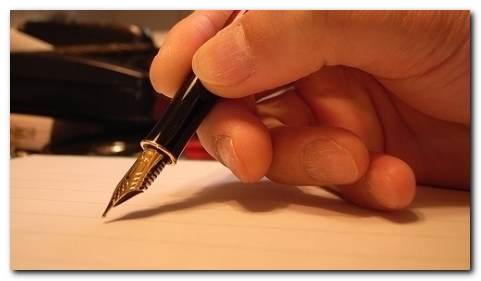
 notes and style guide for reviewers
notes and style guide for reviewers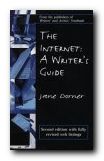
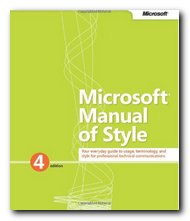
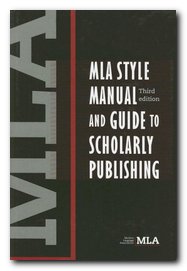

 1. Writer’s block is much more common than most people imagine. But it can be overcome. Don’t imagine that you should be able to write impeccably at your first attempt. Most successful writers make several drafts of their work. They edit what they write, correct mistakes, make additions and deletions, and generally re-write extensively. Writing fluently and clearly is an advanced skill.
1. Writer’s block is much more common than most people imagine. But it can be overcome. Don’t imagine that you should be able to write impeccably at your first attempt. Most successful writers make several drafts of their work. They edit what they write, correct mistakes, make additions and deletions, and generally re-write extensively. Writing fluently and clearly is an advanced skill.